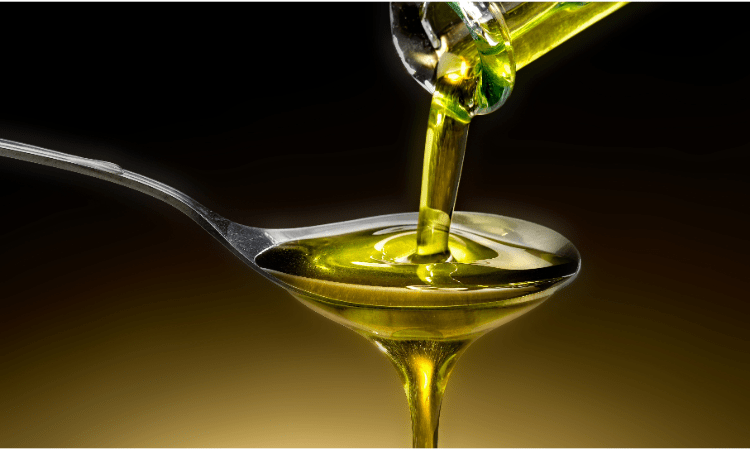Cottonseed Oil Search in Food Laboratory: Methods of Counterfeit
Imitation and Adulteration Methods in Vegetable Oils

What is Cottonseed Oil?
Cottonseed oil is a type of oil that is usually counterfeited by mixing it with vegetable oils. Adding it to higher-cost oils such as olive oil and sunflower oil stands out as a preferred counterfeiting method to reduce costs. In terms of food safety, it is very important to detect added foreign substances such as cottonseed oil so that consumers have the right information and to prevent counterfeiting .
Why is cottonseed oil counterfeited?
Cottonseed oil is a lower cost type of oil compared to some other vegetable oils. Adding cottonseed oil to high-cost oils (e.g. olive oil) is preferred by producers who want to reduce costs through fraudulent means. However, this type of fraud both misleads the consumer and may pose health risks. In addition, such falsifications constitute a legal offense and violate food safety standards.
Why is Cottonseed Oil Detection Important in Food Laboratories?
Cottonseed oil detection is a critical step to protect consumers, prevent counterfeiting and ensure quality standards. Thanks to detection methods:
- Consumer Health is Protected: Cottonseed oil has a different fatty acid profile compared to other oils and these profiles can have negative health impacts.
- Ensures Food Safety: With accurate ingredient labeling, consumers know what they are consuming.
- Legal Requirements are Met: Illegal counterfeiting is prevented and fair trade is ensured.
Methods for Cottonseed Oil Detection
A variety of advanced analysis techniques are used in food laboratories to detect cottonseed oil. These methods are aimed at detecting chemical differences between cottonseed oil and other vegetable oils. Here are the main laboratory methods used to detect cottonseed oil counterfeiting:
- Gas Chromatography (GC): Gas chromatography is a method used to analyze fatty acid profiles. Cottonseed oil has a unique fatty acid composition, which is different from other vegetable oils. Gas chromatography is used to determine the unique fatty acid profile of cottonseed oil and detect counterfeiting.
- Mass Spectrometry (MS):Mass spectrometry is a method that examines the molecular structure of chemical compounds. The specific compounds contained in cotton oil are analyzed by mass spectrometry. This method, also used in combination with GC as GC-MS, is particularly effective in accurately identifying cottonseed oil in complex oil blends.
- Fourier Transform Infrared Spectroscopy (FTIR): FTIR is a spectroscopy method that analyzes the chemical bond differences between cottonseed oil and other oils. Using infrared rays, the characteristic wavelengths of cottonseed oil are analyzed, which can be used to detect counterfeiting.
- Nuclear Magnetic Resonance (NMR) Spectroscopy: NMR is an advanced analysis method that studies the magnetic properties of molecular structure. By examining the structure of oil molecules, it detects the presence of foreign components such as cottonseed oil. It provides high accuracy on the presence of cottonseed oil, even when blended with other vegetable oils.
- Fatty Acid Methyl Esters (FAME) Analysis: FAME analysis determines the chemical profiles of specific oils such as cottonseed oil by analyzing fatty acid methyl esters. Oils are converted to their methyl esters and analyzed in gas chromatography. This method utilizes the different fatty acid composition of cottonseed oil compared to other oils to detect counterfeiting.
Nanolab Laboratories Group continues to provide services within the scope of Cotton Oil Search. We also provide services for Counterfeit and Adulteration Controls in Butter.
For more information
contact us.
Follow us on
LinkedIn for up-to-date news and posts about our services.
Follow our
Instagram account to be informed about our latest blog posts.

